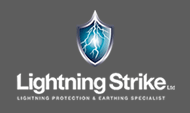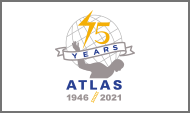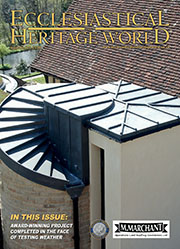Lightning protection standard updated
 The four-part international standard for lightning protection, BS EN IEC 62305, has been updated to reflect the latest expert knowledge and best practices. Together, the documents form the essential guide for anyone involved in safeguarding structures, their occupants and systems from the damaging effects of lightning.
The four-part international standard for lightning protection, BS EN IEC 62305, has been updated to reflect the latest expert knowledge and best practices. Together, the documents form the essential guide for anyone involved in safeguarding structures, their occupants and systems from the damaging effects of lightning.
There has been a British Standard for lightning protection since 1965. In 1985 BS 6651 was adopted and in 2006 that was superseded by BS EN 62305, which was in turn updated in 2011.
The current revision process has spanned over a decade and involved industry representatives from across the globe, with members of ATLAS – the Association of Technical Lightning & Access Specialists – playing a key role at every stage.
Advancing safety
Among notable improvements are a simplified risk assessment process and a move away from flash density to strike point density. The new standard also includes numerous technical and editorial adjustments to incorporate state-of-the-art knowledge and understanding.
Matt Waldram of Omega Red Group, chair of the ATLAS lightning protection committee, emphasised the significance of the update: “ATLAS welcomes the revised lightning protection standards, developed in close collaboration with our international colleagues.
“We are committed to advancing technical excellence, and contributing to standards is part of how we help our industry keep pace with new developments. It’s essential to adapt our working practices to incorporate new learning, and standards offer a reliable framework to do that. I encourage all industry professionals to take note of this update.”
As ATLAS points out, lightning strikes can cause severe damage and put lives in danger. The protection measures outlined in BS EN IEC 62305 are proven to reduce the risks.
For further information visit atlas.org.uk













